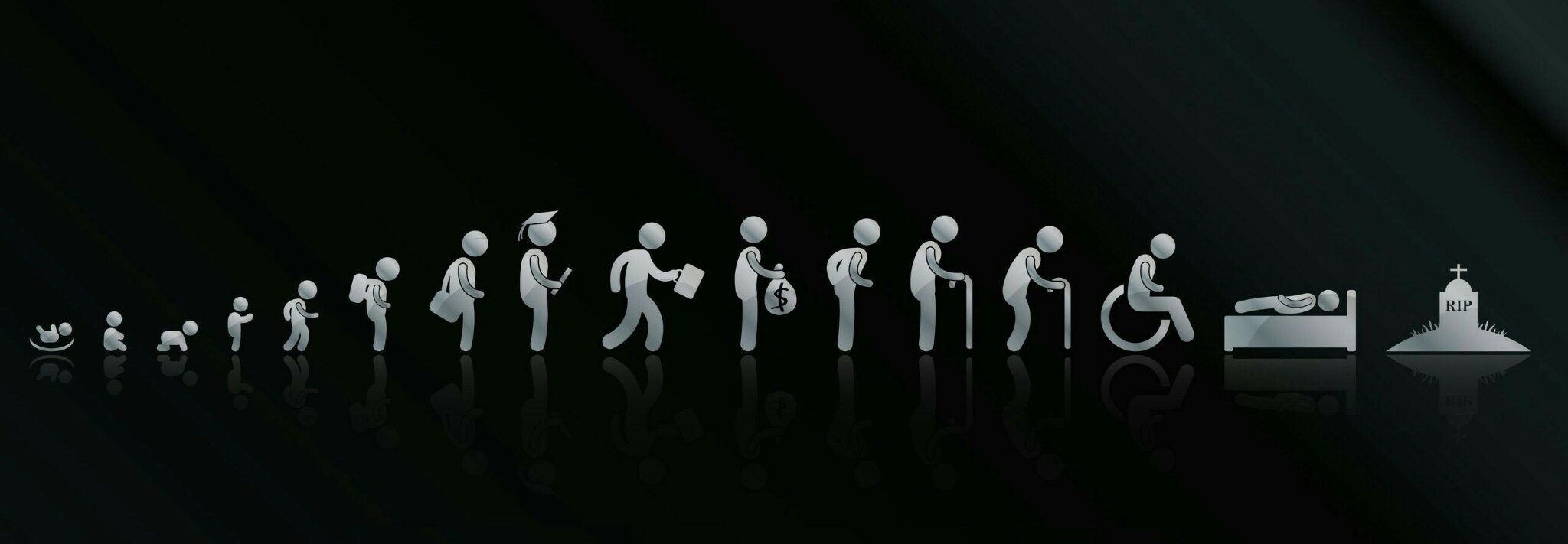|
Riddle of being born poor or rich, birds or worms, riot torn regions or prosperous regions etc., is lucidly explained by Vishnu Bhagwan in Garuda Purana. Shri Hari informed his vehicle Garuda in the Garuda Purana that wealth, sons, wife and family, kinsmen, even body are transitory; possessions are not eternal; death is certain. Relations soon fade away. Hence, why not accumulate good deeds. Sinful deeds bring misery. The good and evil karma goes into next birth. Attachment is the root cause of miseries. As a remedy for attachment, one should develop attachment to the good, discrimination, and purity of the eyes. Such person shall not be able to do bad deeds.
In chapter 15 of Garuda Purana, Vishnu Bhagwan has explained in detail about importance of meditation and devotion. Human Body has seven energy centers (chakras). Meditating on these chakras commencing from the base chakra with unwavering mind and by repeating the Ajapa-gayatri, upwards and downwards, the person feels oneness with the almighty. Sri Hari further, tells Garuda that the path of devotion is far superior. For purification of mind rituals, performance of righteous duties and sacrifices (Tapas) are surely useful. But total devotion to Sri Hari yields a fruit which is the most valuable end everlasting. Meditation and devotion, if practiced as prescribed, one enjoys the eternal bliss of unification with the almighty. One who, firm in non-attachment, worships me, thinking of no other, full-vision, with tranquil self, attains liberation. Vishnu Bhagwan explains in chapter 15 as under: Importance of meditation:
Importance of devotion: Sri Hari further, tells Garuda that the path of devotion is far superior for all those who are attached to the world. For purification of mind rituals, performance of righteous duties and sacrifices (Tapas) are surely useful. But total devotion to Sri Hari yields a fruit which is the most valuable end everlasting. Sri Hari concludes saying that the man who follows all the things detailed above would find union with Him and gets eternal liberation from the cycle of birth and death. He enjoys the eternal bliss of unification with the Supreme Being. (15/152/91-94). Vishnu Bhagwan explains in chapter 16 the Law of Liberation as under:
Reference:
0 Comments
Garuda Purana, a Vaishnava Purana deals in detail about the anatomy and chemistry of body and soul in its chapter 15.
Grauda Purana provides great insight on the anatomy of body and Atman as follows:
Reference:
The Garuda Purana, a Vaishnava Purana is one of eighteen Mahapuranas, containing 8,000 to 19,000 verses. The modern era version of Garuda Purana is likely of 800 to 1000 century AD. It contains dialogues between Bhagwan Vishnu and his vehicle, Garuda about death, afterlife, sins, life in hell, location of hell, Yama, punishments meted out to the sinners, types of funeral rites to be performed for the departed, modes of liberation from rebirth cycle etc.
Garuda Purana is supposed to be chanted after the demise of a person; and especially in the 13-day mourning period. It is associated with many superstitions such as – it is inauspicious to keep the text at home; it is inauspicious to read it in any other period except the mourning period etc. etc. Nothing could be farther than the truth. In fact, this is the scripture which deals at length, about consequences of good & bad deeds, why a few people enjoy all comforts & others toil and how to be liberated from the cycle of birth-death. Chanting of Garuda Purana during mourning period was probably prescribed with the intention that the loved ones of deceased would better realize the importance of good deeds and liberation from rebirth cycle. Grauda Purana addresses the burning questions about life, death and after death. It provides great insight on the following:
Reasons for vast variety of living beings and some persons being born as pauper, sick and others with silver spoon (Numbers in bracket hereunder are reference of Garuda Purana - chapter/page/verse)
Life after death, the journey of the soul, death and its aftermath, Rebirth
(As per modern science –
Importance of charity
Significance of Mourning of 13 days’
The major “verse-wise” details from Chapter one to fourteen are explained below (chapters 15 & 16 are dealt in separate articles): Chapters I to VII deal with Hells (mentioned below in bracket as chapter/page/verse).
Chapter VII to XIII deal with Ceremonies for the dead
Chapter XIV deals with Heaven.
Reference:
|
Archives
July 2024
Categories |

 RSS Feed
RSS Feed